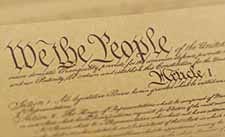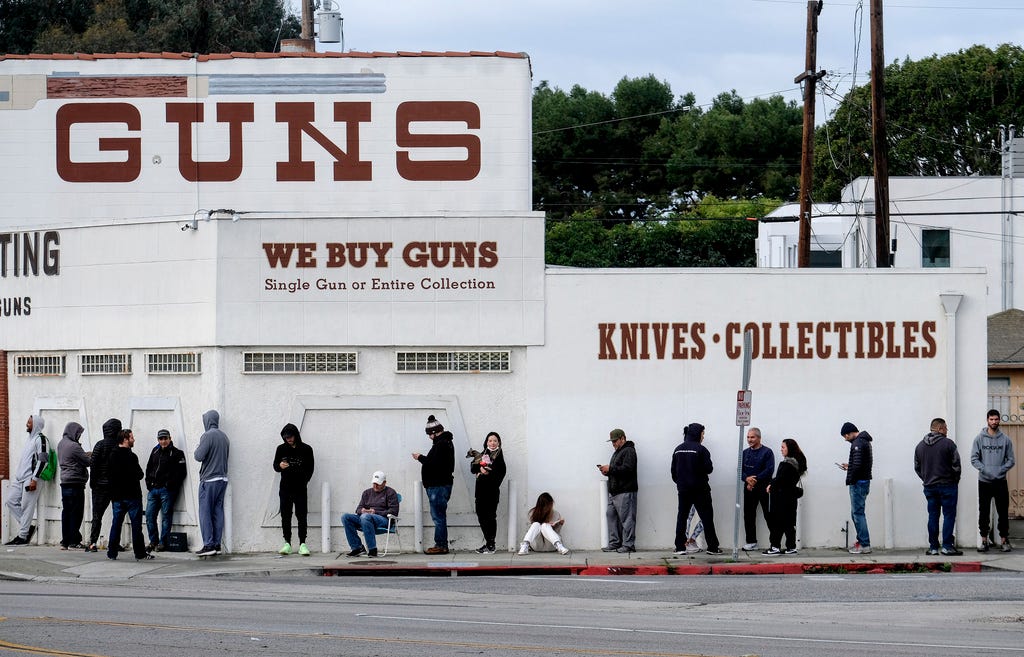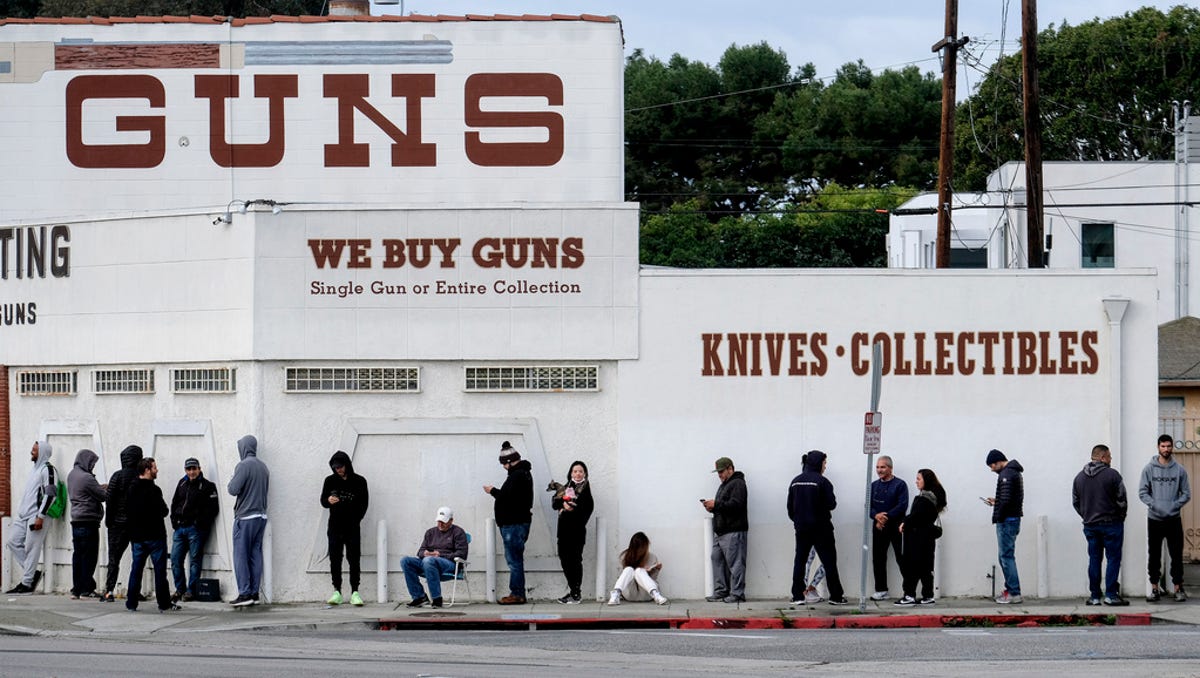When it comes to the “right to bear arms,” which the Second Amendment protects, many people fall into one of two camps. Folks in the first camp views those rights as absolute, or close to it. They think that almost any restriction on firearm ownership or possession is unconstitutional.

Constitution Week is Sept. 17 to Sept. 23
Those in the second camp don’t see those rights as rights at all. They think the Second Amendment is a relic disconnected from our current world, where school shootings have become commonplace. They believe we should be able to regulate guns just like we regulate other dangerous things.
These competing perspectives have produced lots of bumper stickers, sold lots of t-shirts, and generated lots of heat. But they haven’t given us much light. That’s because both approaches are overly simplistic. They don’t acknowledge that figuring out what the Second Amendment means is complicated.
The first complication lies in the messy language of the provision, which says: “A well-regulated Militia, being necessary to the security of a free State, the right of the people to keep and bear Arms, shall not be infringed.” This sentence is not a model of clarity.
Competing perspectives (on the Second Amendment) have produced lots of bumper stickers, sold lots of t-shirts, and generated lots of heat. But they haven’t given us much light.
Indeed, scholars have long disagreed over what the provision is even about. Some have maintained that it was intended to prevent the federal government from interfering with states setting up militias to protect themselves.
This is called the “collective right” theory.
Others have maintained that the Second Amendment gives individual people the right to keep and bear arms. This is called the “individual right” theory.
Which theory you accept can depend on how you interpret certain words and phrases in the provision. These include “well-regulated Militia,” “free State,” and “the people.”
The second complication lies in the odd structure of this amendment. The provision doesn’t just say “the right of the people to keep and bear arms shall not be infringed.” Rather, the provision includes an introductory clause: “A well-regulated Militia, being necessary to the security of a free State.”
What does that clause mean? How does it relate to “the right of the people” announced later? Does it limit that right or serve another purpose? Does it imply an expiration date, where the right ends if a professional military eclipses militias as the guardians of our security?
The third complication in understanding the Second Amendment is that the Supreme Court of the United States hasn’t helped us much. By 2007, the Court had issued dozens of decisions interpreting and clarifying the speech rights conferred by the First Amendment. During that same period, the Court said almost nothing about the Second Amendment.
Then, in 2008, the Supreme Court issued its landmark decision in District of Columbia v. Heller, authored by Justice Antonin Scalia. The case was brought by one Dick Heller, a police officer who wanted to keep a handgun at his home. He challenged the constitutionality of a D.C. law that broadly prohibited the possession of such firearms.
As legal scholar Adam Winkler details in a 2013 book, the National Rifle Association had been reluctant to take a case to the high court for fear of a bad result. Heller nevertheless pursued his appeal and the consequence was indeed a mixed bag.
On one hand, the Court held that the Second Amendment creates an individual and not a collective right. This marked an important victory for gun rights advocates.

Ringo H.W. Chiu, AP, File
On the other hand, the Court made clear that Second Amendment rights (like other constitutional rights) are “not unlimited.” This marked an important victory for gun control advocates.
The Heller Court did not catalog every type of restriction that might be permissible, but it offered some examples. It declared that the possession of certain firearms, like sawed-off shotguns and fully automatic rifles, could be prohibited. And it saw no problem with “longstanding” laws against felons and the mentally ill possessing firearms, laws forbidding the carrying of firearms in “sensitive places” like schools and government buildings, and laws imposing conditions and qualifications on the sale of firearms.
In 2022, the Supreme Court issued its decision in the case of New York State Rifle and Pistol Association v. Bruen, which many scholars believed might provide useful clarifications. The Bruen case reiterated the key holdings of Heller and cast helpful light on some fairly technical issues. But Second Amendment case law remains sparse and lots of important questions linger. Lower courts have struggled in applying the limited Supreme Court precedent available to various types of firearms regulations.
Perhaps the clearest thing about the Second Amendment is that relatively little is clear about it. In the film The Untouchables, one of the characters sagely observes that you shouldn’t bring a knife to a gunfight. In the same vein, we should stop bringing t-shirt slogans and bumper stickers to a serious and complicated legal debate where liberties and lives hang in the balance.
Our Constitution deserves better.
Published
Updated

